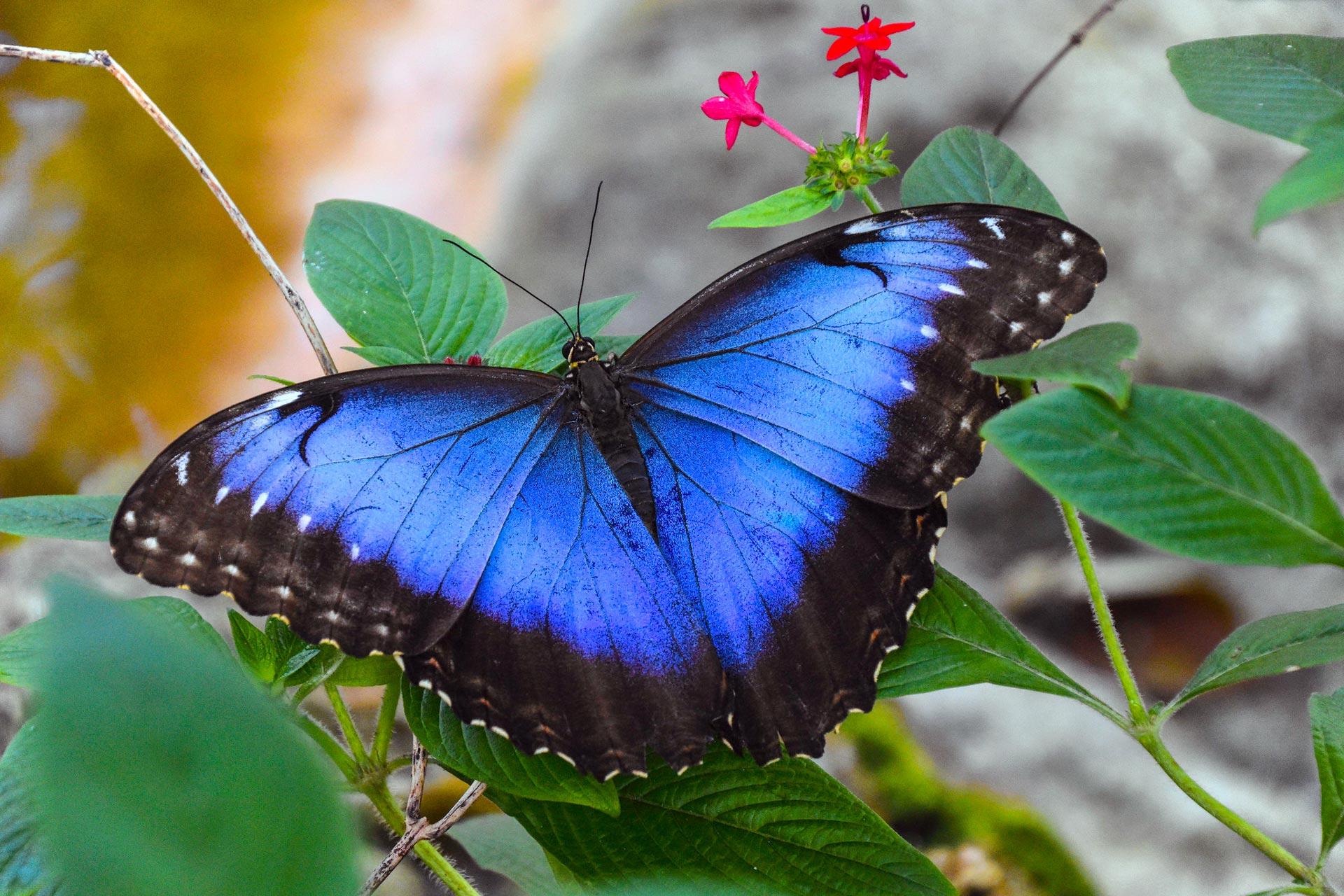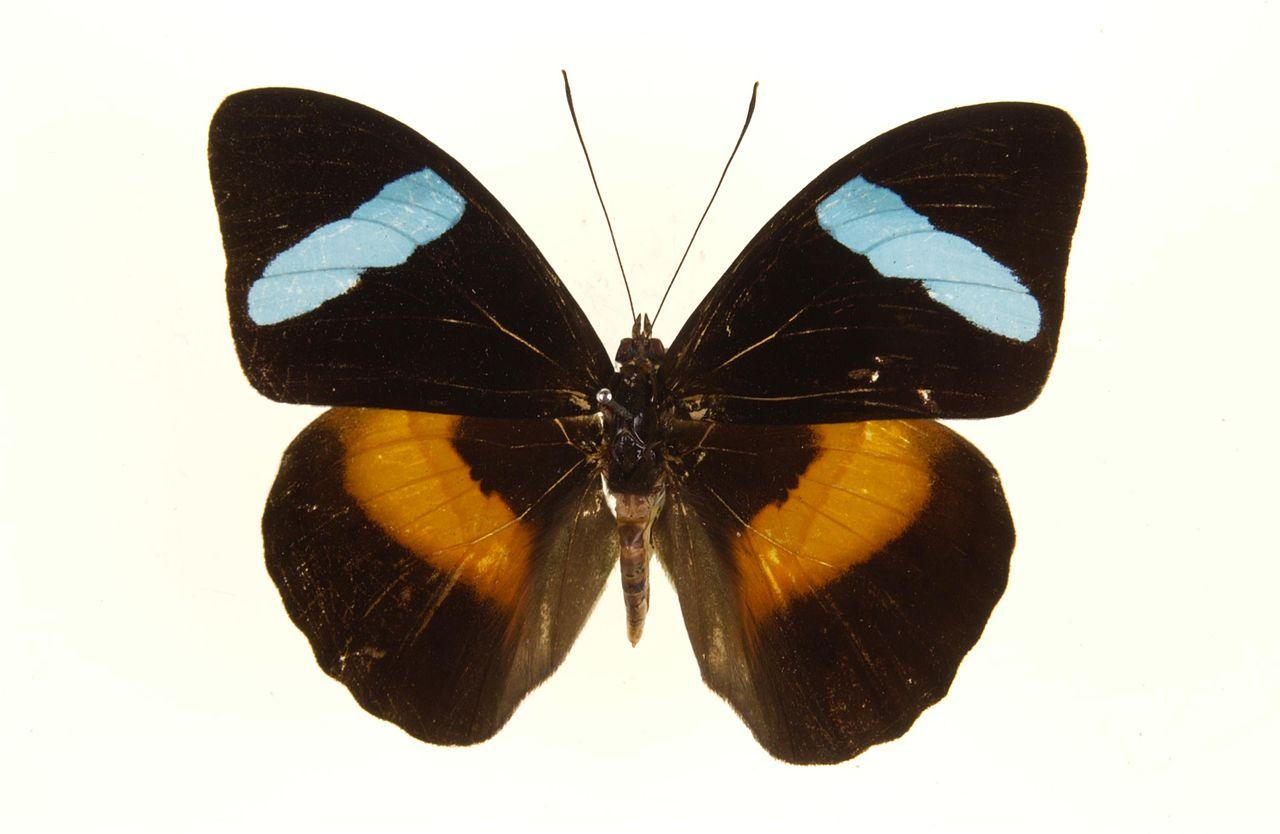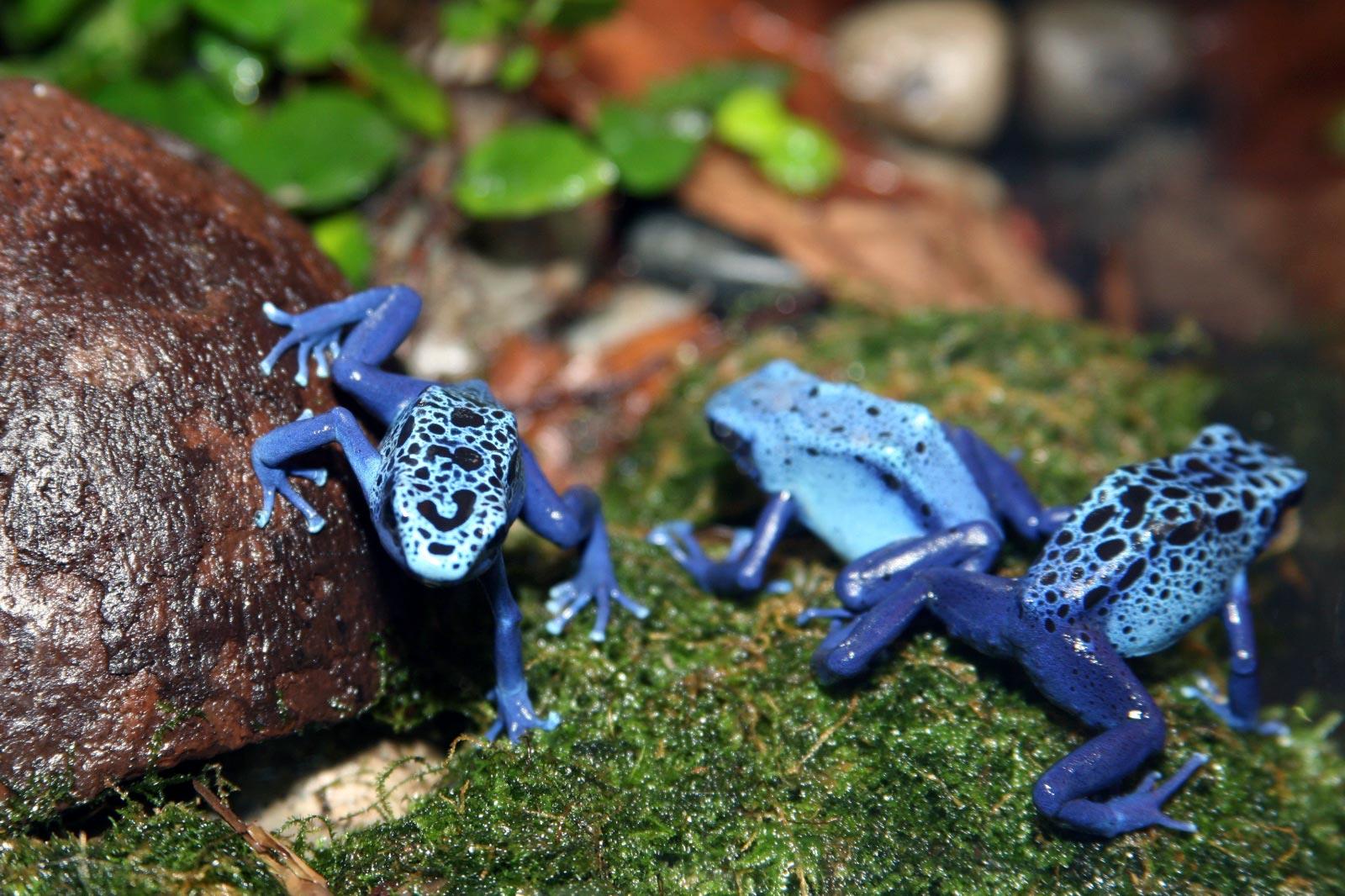Why is the colour blue so rare in nature?
Blue is a very prominent colour on earth. But when it comes to nature, blue is very rare. Less than 1 in 10 plants have blue flowers and far fewer animals are blue. So why is that?
Part of the reason is that there isn’t really a true blue colour or pigment in nature and both plants and animals have to perform tricks of the light to appear blue.

Sea of blue nemophila plants
Image by Pixabay
For plants, blue is achieved by mixing naturally occurring pigments, very much as an artist would mix colours. The most commonly used are the red pigments, called anthocyanins, and whose appearance can be changed by varying acidity.
These alterations, combined with reflected light, can create some spectacular results: delphinums, plumbago, bluebells, hydrangeas, dayflowers, morning glories and cornflowers.
Although blue flowers are rare in plants, almost no plant has blue leaves – except a handful of plants found on the floor of tropical rainforests. The main reason for this has to do with the physics of light. Pigments appear the colour of the light they don’t absorb, but instead reflect. The most common plant pigment is green chlorophyll, so plants appear green because chlorophyll doesn’t absorb, but rather reflects, green light. Plants however like blue light as it has more energy than any other light in the visible spectrum.
So, if you have blue leaves you are reflecting the highest energy light and relegating yourself to using only poorer quality light that ultimately limits your growth. Not a good strategy and so why most plants avoid it.

If the wing scales of the Blue morpho butterfly were shaped differently their blue colour would vanish.
Charles Patrick Ewing (CC BY 2.0)
Whilst blue might be a favourite colour of us humans – a YouGov poll lists blue as the favourite colour for almost every country on earth. Animals have a much harder time turning blue.
Many pigments in animals come from the food they eat. So, flamingos are pink because of the dye they get from eating their favourite food – shrimp, and the golden colour of goldfish comes for their food. But as we heard above, since there is no true blue pigment in plants, animals can’t turn blue through food.
Instead of pigment mixing or alteration, blue is achieved in many animals by making structures that change the wavelength of light. For example, the blue morpho butterfly gets its colour from the fact that its wing scales are shaped in ridges that causes light to bend in such a way that the only wavelength of light it reflects is blue. If the scales were shaped differently, the blue colour would vanish.
Blue birds, such as the blue jay, get their colour through a similar, but slightly different process. Each feather is made up of light-scattering, microscopic beads spaced in a way that every wavelength of light is cancelled out except blue – think noise cancelling headphones here.
The only exception in nature is the obrina olivewing butterfly, which is the only known animal to produce a true blue pigment.

The obrina olivewing butterfly is the only known animal to produce a true blue pigment
Notafly (CC BY-SA 3.0)
Why bother?
So, if it’s so difficult to be blue, why bother - well we all like to be different don’t we?
If you’re a plant, having different coloured flowers can help attract a unique pollinator. And recent work has shown that the colour preferences of pollinating bees has probably driven the diverse range of flower colours we see today, including blue.
Superb bird of paradise courtship dance
For animals, eye-popping blue colours, in anything from butterflies to frogs to parrots, is useful for getting attention – either good – attracting a mate (like the dance of the courting birds of paradise) or bad – warning off predators (poison dart frog).
But finally, back to us.
We like blue, but it was a difficult colour to obtain until relatively recently when synthetic dyes allowed any colour to be made. Artists hankered after blue (e.g. Picasso’s blue period) and blue has always been associated with privilege – think royal blue.
Today blue flowers are still highly prized, and many have been trying to grow and breed the perfect blue bloom. However while blue roses and carnations still evade us a team in Japan has been able to produce the first truly blue Chrysanthemum.
Blue will continue to remain a rarity in nature.
About this article
Written by Professor Andy Lowe, this article was republished from Biodiversity Revolution: Thoughts from the vanguard of biodiversity research. View the original article.

